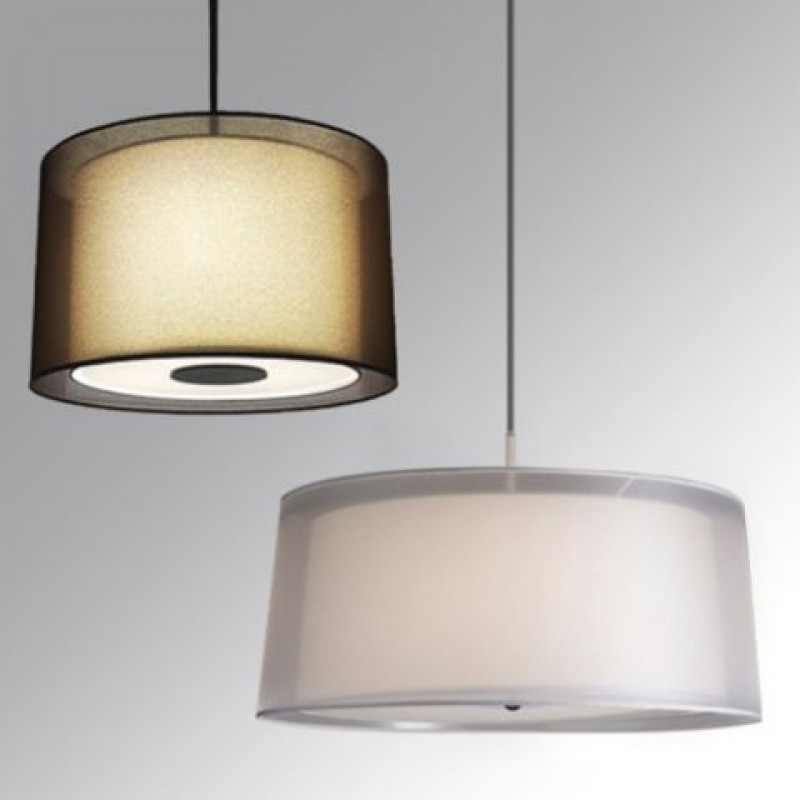-
Australia
Copyright © 2025 Powered by BCI Media Group Pty Ltd
Confirm Submission
Are you sure want to adding all Products to your Library?
Contact Detail

Almost 90% of Australians suffer from a sleeping disorder that affects them from falling asleep or staying asleep. While there are many things that might cause you to experience sleep problems, one factor that’s often overlooked is the lighting set up in the bedroom.
Bright lights and LCD screens can play havoc on your body clock (also known as your circadian rhythm), the brain function that sends out signals to your body to tell you when you should be alert and when you should feel tired. Your circadian rhythm (should) work on a 24-hour cycle, helping you stay awake during the day and asleep during the night.
But bright lights can confuse the brain - if you’re in the habit of scrolling through your phone before you hit the hay, you may have noticed some difficulty falling asleep. This is because the light from your phone is tricking your brain into thinking it’s daytime, increasing your level of alertness and decreasing the release of the hormones that make you feel tired.
Bright lights in the bedroom can have the same effect and will leave you feeling groggy come morning time. What’s more, it can reduce the amount of REM sleep you’re getting, which is believed to be important for learning, memory and brain development.
You spend a lot of time in bed, so why not create a space that’s comfortable? Read on for our top tips for getting a better night’s sleep.
Adjust the amount of light
Too-bright lights not only affect your sleeping, but can also damage your eyes. You’ll find that as you age, you require stronger lighting. Fortunately, there are a range of bright globes designed to be less harsh on the eyes. LED bulbs tend to be less severe and can often be adjusted so the light angle is directed away from the eyes.
The brightness of your lights will depend on a lot of factors, such as the colour of your bedroom walls or the size of the room, but as a general guide, your bedroom lighting should be less intense than your kitchen lighting. For bedrooms, 1000-2000 dimmable lumens (a measure of your lightbulb brightness) is a good starting point. By the bedside go for 300-700 dimmable lumens.
Consider colour temperature
Beyond the brightness of your lights, colour temperature is also important. You may have noticed a lot of offices use bright white lights. This is because white light can increase alertness and stop employees falling asleep at their desks. But bright, cool, white lights are best left for the kitchen. In the bedroom, it’s better to go for a soft white or warm white light. For example, pick a bulb with a Kelvin (or colour temperature) of about 2700 for a soft light that will help you relax and fall asleep faster.
Try task lighting

While it’s not realistic to keep the bedroom in total darkness, we can be strategic in how we use our light sources.
Adding task lighting to the bedroom - in the form of a bedside lamp, night light or recessed light in the cupboard - enables you to switch on specific light sources only as you need them, rather than a bright overhead light.
Task lighting fills the room with less light and uses less energy overall. So if you need to go to the bathroom in the middle of the night, you can switch on a small dim bedside light, which is enough to see, but not enough to completely wake you up.
Adjustable task lighting can also be a good option for controlling the size of the light beam. You might need a more direct beam of light if reading, but more disperse lighting for a soft glow in the bedroom.
Pick the right fixture

The right fixture can make a world of a difference when it comes to getting a good night sleep. While strong downlights might be a little harsh in the bedroom, a pendant can provide soft diffused lighting and cut the glare from any bulb.
Install a dimmer
Getting a better night’s sleep could be as simple as installing a dimmer on your lights. It enables you to adjust the lighting (and the mood) as needed.
How to design the lighting in your bedroom for a better night’s sleep
About Space stocks a comprehensive range of ambient, task and accent lighting solutions for the bedroom. Shop our comprehensive range of lights to find the perfect bedroom lighting.



